A Trello Review Do You Really Need It?
- ClickInsights
- May 11, 2023
- 4 min read
Updated: Jun 12, 2023
For businesses heavily relying on cross-collaboration to meet tight deadlines, an effective project management solution is hardly an option. Now, there are tons of such tools out there; some we have already reviewed and others we look forward to. Today, we are doing an in-depth review of Trello. We know! You have heard of it and maybe even wondered if it is for you. Well, it is time to find out.
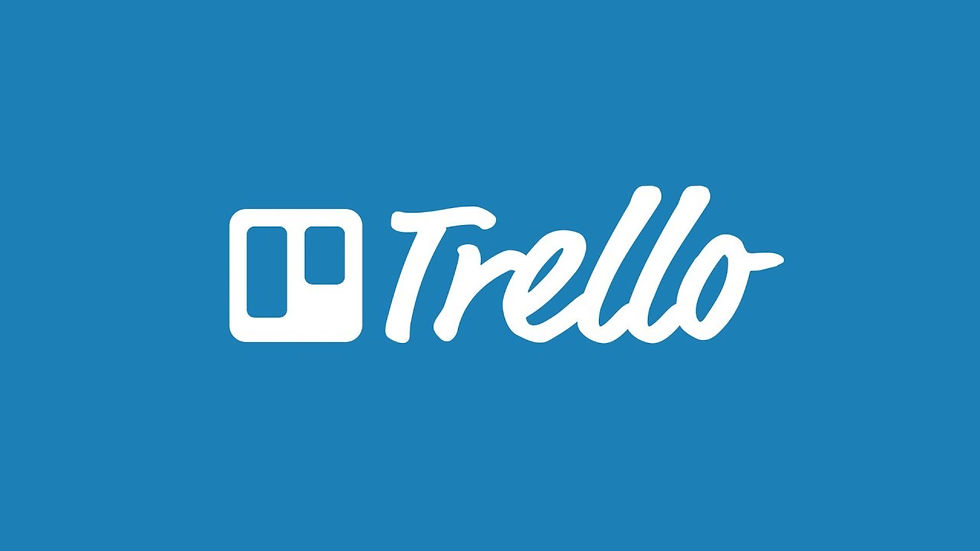
Trello has an astoundingly broad user base. Businesses use it. Individuals use it. But like most tools, it has the good and the bad. In this comprehensive review, we will take a look at both.
So, buckle up, and let’s jump into it!
What’s Trello?
Trello is a project management and collaboration tool that allows individuals and teams to organize and prioritize tasks and projects visually and intuitively. This tool is known for its highly customizable and flexible interface that consists of boards, lists, and cards.
Trello relies mostly on Kanban-style task management. On a basic level, it is incredibly easy to use and even accessible on a mobile app. In fact, you can make the most of Trello with single clicks and drag-and-drops.

Also, getting started on Trello could not have been simpler as it offers a step-by-step walkthrough of everything – from setting up your first project to automating it with advanced controls.
1. Boards
Trello boards are at the heart of the Trello experience. Boards provide a visual way to organize and manage your projects, workflows, or task lists. You can create multiple boards to represent different projects or teams.

These boards are highly customizable. You can choose from a variety of background colors and images, and can even add labels, checklists, due dates, and other features to each card on the board. Also, Trello is designed to be flexible, allowing you to use its boards for a wide range of tasks and projects. You can create as many boards as you need, and can also add and remove cards and lists as the project evolves.
Despite all the above features, Trello boards would not be as appealing to businesses if they were not collaborative in nature. That’s right. You can even invite your team members to join your boards and assign tasks to them.
2. Lists
Within each Trello board, users can create lists to represent the various stages or steps involved in completing the project or workflow. For example, a software development team might create lists for "To Do," "In Progress," and "Done." Thus, lists provide a way to organize tasks by breaking them up into simpler steps and can be used to track progress and prioritize work.
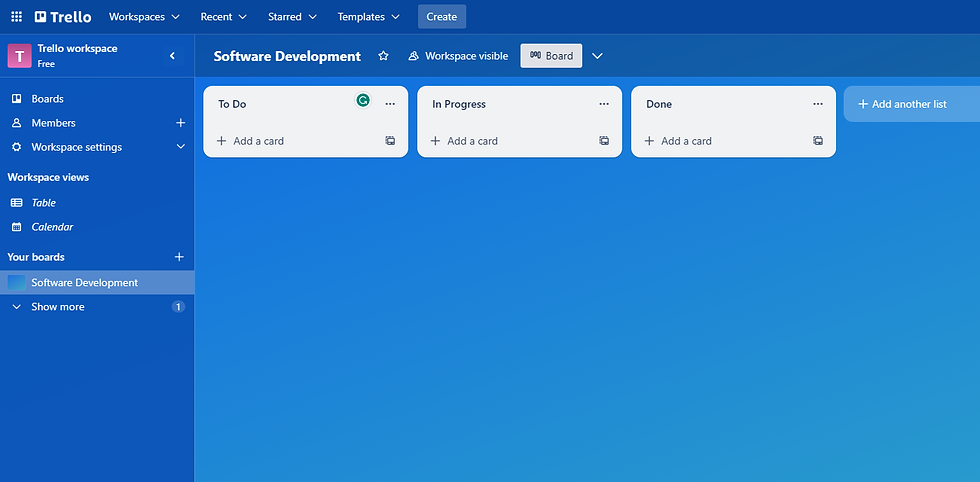
Like Trello boards, lists can be customized to the user’s preference. Also, they can be renamed, reordered, and archived as the project evolves.
3. Cards
Trello cards are the individual tasks, ideas, or items within a Trello board. They can be used to represent anything from a specific task to a piece of information or an idea. Cards are highly visual, providing an easy way to see the status of a project at a glance. You can also use labels, due dates, and other features to visually prioritize and track tasks within each card.

On top of that, cards within a Trello board can be customized to fit a wide range of needs and can be used to track progress, prioritize work, and collaborate with team members.
4. Labels
Sometimes, Trello projects can have an overwhelming number of cards. In such complex projects, filtering and searching for specific tasks can be a nuisance. This is where labels come in handy.
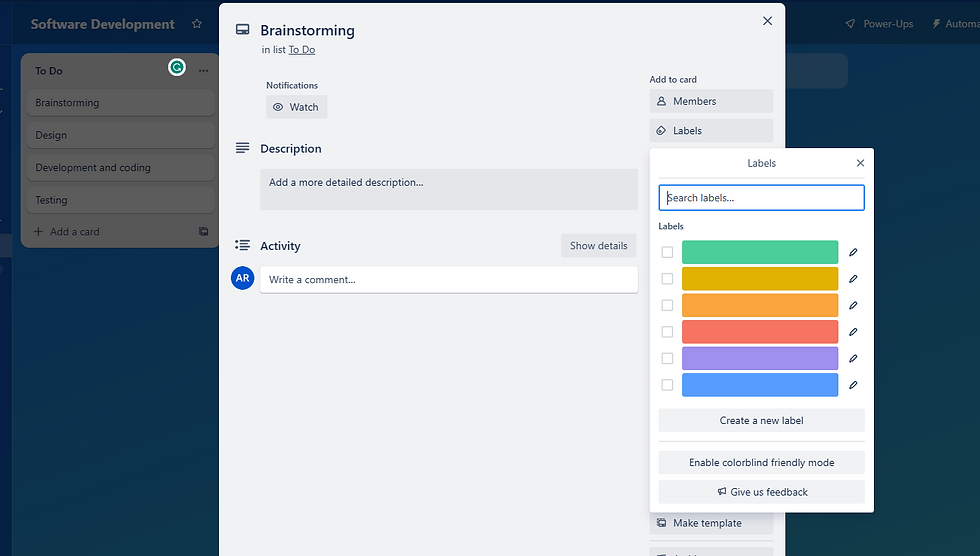
Labels are color-coded tags that can be applied to cards to indicate various attributes, such as priority, status, or type. For example, a software development team might use labels to indicate which tasks are related to front-end development, back-end development, testing, etc.
5. Task Automation
What makes project management inside Trello a cakewalk is its task-automation capabilities – thanks to its powerful automation tool, Butler. It is a rule-based system that can be used to automatically perform actions on cards, lists, and boards based on predefined rules and triggers.
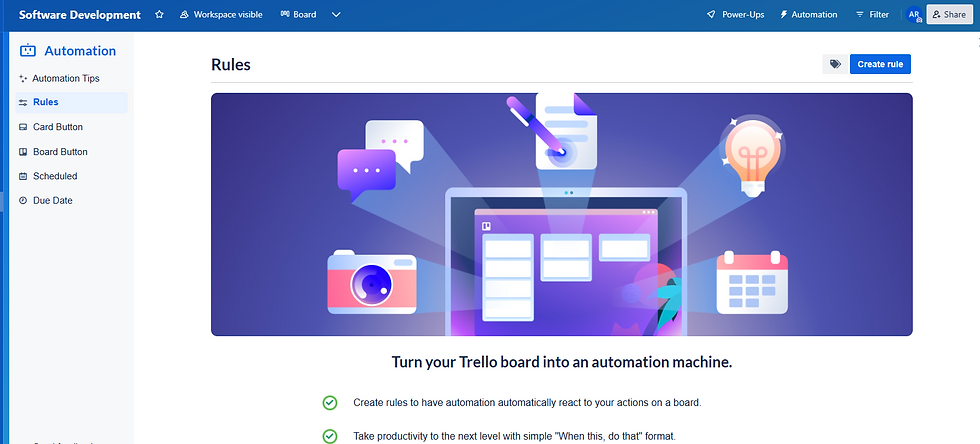
Trello’s Butler is extremely customizable and easy to use, allowing you to create and edit rules and triggers to fit your specific needs. You can set up rules to automatically move cards between lists, add labels or due dates, and assign team members to tasks. The system uses Natural Language Processing (NLP) so you can create complex rules in plain English. And most important of all, it helps you save huge chunks of your time.
6. Integrations
While on Trello, you are not just limited to the platform. You can integrate Trello with a wide range of other tools such as Slack, Google Drive, Dropbox, Miro, Mailchimp, Salesforce etc.
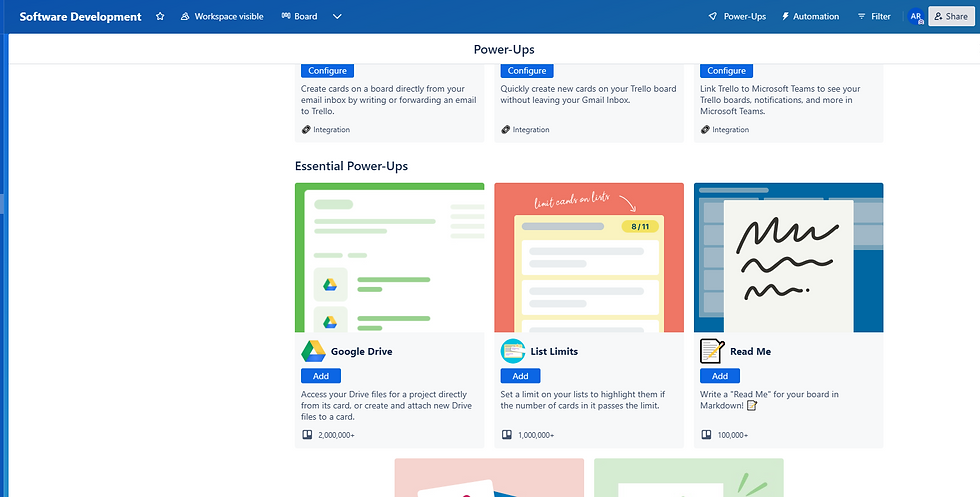
Trello’s built-in feature called Power-Ups supports over 180 third-party integrations. It not only extends the functionality of Trello boards but also makes it easier to manage tasks and projects across multiple platforms.
You can configure Trello integrations to your preference. With its hassle-free sync functionality, your data is automatically synced between Trello and other platforms. Some other benefits of Trello integrations include streamlined workflows, improved collaboration, and of course, time efficiency.
7. Pricing
Trello offers four pricing plans – Free, Standard, Premium, and Enterprise. If billed annually, the Standard, Premium, and Enterprise plans cost $5, $10, and $17.5 per user per month. Interestingly, the per-user cost for the Enterprise plan starts to go down after 250 users.
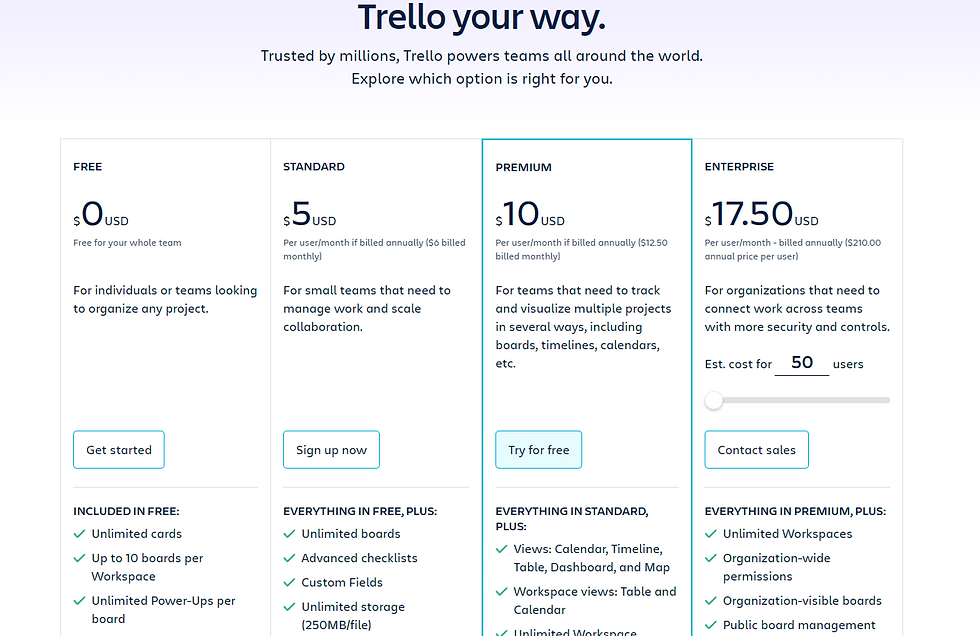
For individuals, the Free plan is perfect as it offers an unlimited number of cards, unlimited Power-Ups per board, unlimited storage, unlimited activity logs and more. However, it does have its own limitations such as just 10 boards per Workplace, file size limited to 10MB/file, and 250 Workspace command runs per month.
Is Trello for You?
There are tons of project management tools out there that don’t deliver value for your buck. Well, Trello does the opposite. As long as you are an individual or a small team, this tool is quite affordable compared to its alternatives. Even if you have no money to spare, Trello’s forever-free plan is there for you.
Now, when it comes to large-scale businesses and enterprises, things take a different turn. Trello is designed for a linear workflow, which is not always the case for large and complex projects. Trello’s limited project views and reporting make it not an attractive option where granular insights are preferred.
Overall, Trello is a phenomenal project management tool that delivers value for your buck but you might want to look at some other alternatives if you constantly deal with large and complex projects.
google 优化 seo技术+jingcheng-seo.com+秒收录;
Fortune Tiger Fortune Tiger;
Fortune Tiger Fortune Tiger;
Fortune Tiger Fortune Tiger;
Fortune Tiger Slots Fortune…
站群/ 站群
gamesimes gamesimes;
03topgame 03topgame
EPS Machine EPS Cutting…
EPS Machine EPS and…
EPP Machine EPP Shape…
Fortune Tiger Fortune Tiger;
EPS Machine EPS and…
betwin betwin;
777 777;
slots slots;
Fortune Tiger Fortune Tiger;